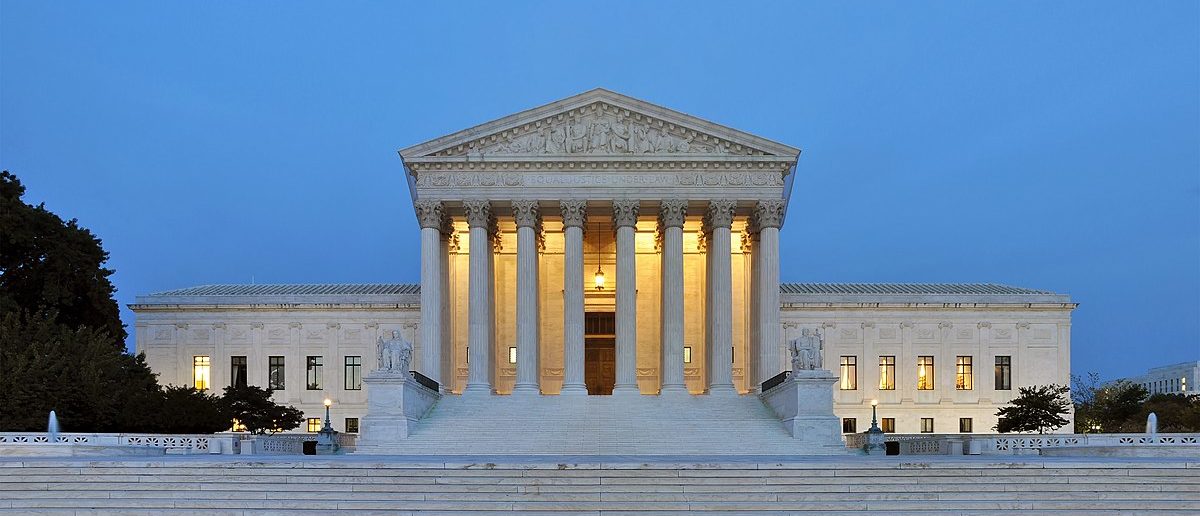National
Generous Justin: Trudeau hands out one million raises in four years
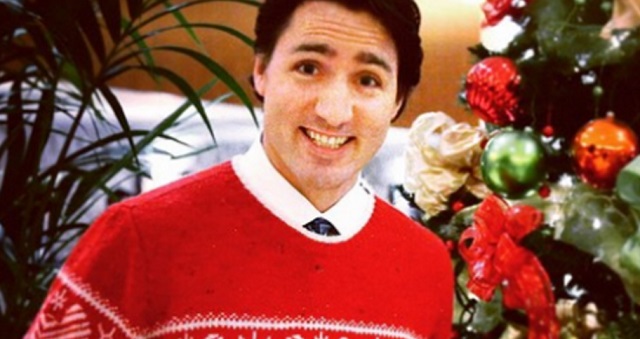
From the Canadian Taxpayers Federation
Author: Ryan Thorpe
The Trudeau government rubberstamped more than one million pay raises to federal bureaucrats since 2020, according to access-to-information records obtained by the Canadian Taxpayers Federation.
The federal government gave 319,067 bureaucrats a raise in 2023. The government has consistently declined to disclose how much annual pay raises cost taxpayers.
“Taxpayers deserve to know how much all these raises are costing us,” said Franco Terrazzano, CTF Federal Director. “It’s wrong for the government to hand out a million raises while taxpayers lost their jobs or struggled to afford ground beef and rent.”
The cost of the federal payroll hit $67 billion last year, a record high, representing a 68 per cent increase since 2016.
Meanwhile, the size of the bureaucracy spiked by about 40 per cent since Prime Minister Justin Trudeau took office, with more than 98,000 new employees being added to the federal payroll.
In 2020, the federal government issued 373,134 pay raises to bureaucrats, followed by 266,646 in 2021 and 162,263 in 2022.
All told, the feds rubberstamped 1,121,110 pay raises since the beginning of 2020.
“What extra value have taxpayers received from the million raises Trudeau has given bureaucrats?” Terrazzano said. “You shouldn’t get a raise just because you show up to work twice a week with your shoes tied.”
The raises come on top of lavish bonuses for federal bureaucrats. The government rubberstamped $406 million in bonuses in 2023 alone.
Bureaucrats working in federal departments and agencies took home $210 million in bonuses last year, while bureaucrats working in federal Crown corporations took $195 million in bonuses.
The government dished out more than $1.5 billion in bonuses to employees in federal departments since 2015, despite the fact that “less than 50 per cent of [performance] targets are consistently met within the same year,” according to the Parliamentary Budget Officer.
The average compensation for each full-time federal employee is $125,300 when pay, pension, paid time off, shift premiums and other benefits are considered, according to the PBO.
Meanwhile, the average annual salary among all full-time workers was less than $70,000 in 2023, according to data from Statistics Canada.
Government employees also receive an “8.5 per cent wage premium, on average, over their private-sector counterparts,” according to a report from the Fraser Institute, an independent, non-partisan think tank.
The Public Service Alliance of Canada, the largest union representing federal bureaucrats, is currently fighting against a government order asking employees return to the office three days per week.
Alex Silas, PSAC’s regional executive vice-president for the National Capital Region, said bureaucrats were “infuriated” by the government asking them to show up to their jobs in person three days per week.
“Taxpayers have zero sympathy for overpaid bureaucrats throwing a hissy fit about having to swap out their sweatpants for suits,” Terrazzano said. “Taxpayers are the ones who should be complaining after the feds hired tens of thousands of extra bureaucrats, paid out hundreds of thousands of raises and hundreds of millions in bonuses and still can’t deliver good services.
“Trudeau needs to take some air out of his ballooning bloated bureaucracy.”
National
Preston Manning: “Appearing to Cope” – Is This The Best We Can Do?
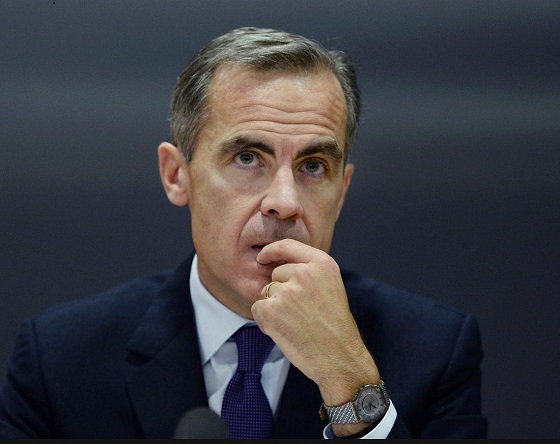
Many years ago, when I was in the consulting business, I visited Washington DC to re-connect with some Republican contacts I had previously made in California and who had since risen to positions of influence with the Nixon administration. In their California days they had been idealistic advocates of change, but when I met them in Washington most of that idealism had evaporated. As they ruefully explained, “ Here in Washington DC, the real name of the game is simply “appearing to cope”.
And how do politicians in high office play this game? When issue X arises, hold a news conference or give a speech acknowledging X’s existence and expressing deep concern. Convene a hearing or a conference on X, calling for decision makers and experts on X to attend and testify. Issue an executive order or send a draft bill to Congress with X in the title, the preamble, and the news release. In other words, substitute announcement for action, conferencing and discussion for results, and appearance for substance.
Flash forward 50 years and regrettably the “appearing to cope” strategy is very much alive and now practiced in Canada by the newly elected Carney government.
Is Infrastructure Development, long neglected and even obstructed by the discredited Trudeau administration, a pressing issue? Of course. So, borrowing from the Conservative platform, now make Infrastructure Development a theme of speeches and commentaries by Liberals seeking and winning election. Post election, convene a federal provincial conference with Infrastructure Development high on the agenda and post-conference communiques announcing “cooperation” on the subject. Introduce a bill in parliament purporting to facilitate Infrastructure Development by reducing federal regulations and interprovincial barriers while prophesying billions of dollars of investment in Infrastructure Development. As yet no actual infrastructure development has occurred – there are no shovels in the ground – but the appearance has been given that the federal government is successfully addressing the issue.
“Appearing to do” as a substitute for actually doing is now complemented and amplified in this age of social media by the ease with which governments and politicians can also “appear to be” something or someone they are not. The exhortation to “Do, rather than appear to do” should now be accompanied by that of the old Latin motto – Esse Quam Videri – “Be, rather than appear to be”.
As the contractors complete the future Chamber of the House of Commons in the refurbished Parliament Building in Ottawa, maybe they should carve into the ceiling of the Chamber – in a prominent place visible to all members of the House. “Do, rather than appear to do. Be, rather than appear to be.” Would not the acceptance and practice of those two exhortations render our politics and our government more worthy of public trust?
Subscribe to Preston’s Substack.
For the full experience, upgrade your subscription.
armed forces
How Much Dollar Value Does Our Military Deliver?
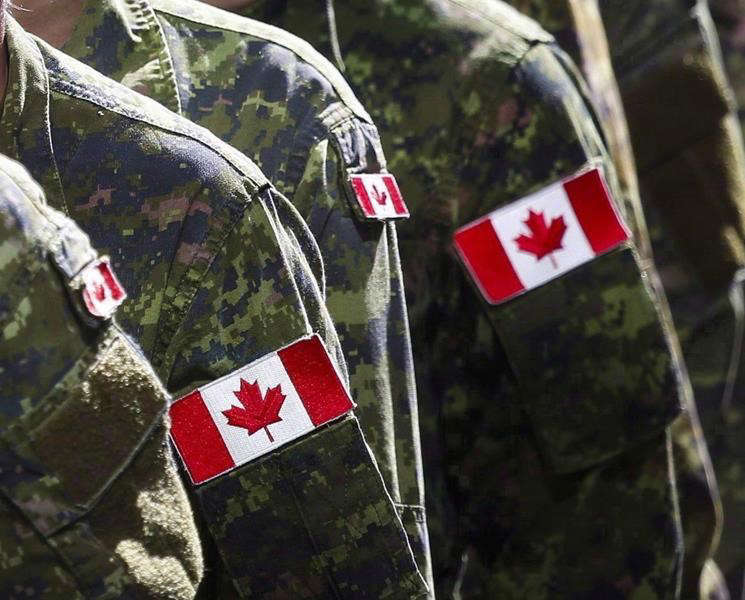
To my great surprise I recently noticed that, despite being deeply engaged in wars against at least four determined enemies, Israel doesn’t spend all that much more on their military than Canada does on its forces. What might that tell us about government efficiency?
There’s fairly universal agreement that Canada doesn’t spend enough on its military. But before we can even ask how much we should be spending, we should understand how much we’re already spending. And figuring that out isn’t nearly as easy as I’d expected.
According to the 2025–26 Expenditures by Purpose data released by the Treasury Board Secretariat, the Department of National Defence (DND) was allocated $35.7 billion (CAN). However, the New York Times recently reported that Primer Minister Carney’s $9.3 billion increase would bring the total defence-related spending to $62.7 billion – which suggests that, prior to the increase, we were set to spend $53.4 billion (CAN).
So I’ll work with both of those figures: $35.7 billion ($26 billion USD) and the pre-announcement $53.4 billion ($39 billion USD). By contrast, Israel currently spends around $37 billion (USD) on the Israel Defense Forces (IDF) which is in the neighborhood of 18 percent of their total budget.¹ The IDF is (literally) getting a much bigger bang for their buck.²
I’m going to compare the military inventories of both countries to get a sense of what a dollar of government spending can get you. I understand that this isn’t an apples-to-apples comparison and there are many complicating factors here. But I think the exercise could lead us to some useful insights. First off, here’s a very rough estimate of existing inventories:
I’m sure there are plenty of caveats we could apply to those numbers, including how much of that equipment is actually fit for service on any given day. But they’ll have to do.
In addition, there are currently 68,000 regular troops in the Canadian Armed Forces (CAF) along with 22,500 reserves, while the IDF employs 169,500 regular troops and 465,000 reserves. They also cost money.
Based on some very rough estimates,³ I’d assess the value of IDF assets at around 2.6 times the value of comparable CAF assets. That means that the IDF – using their procurement systems – would need to spend just $14.4 billion (USD) to purchase the equivalent of the current set of CAF assets.
Now compare that with our actual (pre-increase) expenditures of either $26 billion USD or $39 billion USD and it seems that we’re overspending by either 80 percent or 270 percent.
I think we’d be wise to wonder why that is.
For full context, Israel receives around $3.8 billion (USD) in military aid annually from the U.S.
Speaking of which, for simplicity, I completely left the ongoing costs of ordinance out of my calculations.
If you’re really interested, you can see my calculations here.
Subscribe to The Audit.
For the full experience, upgrade your subscription.
-
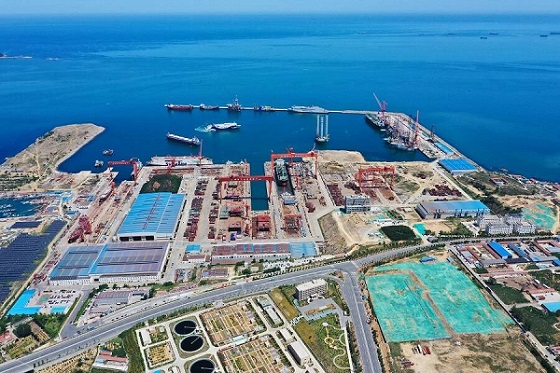
 Business2 days ago
Business2 days agoOttawa Slams Eby Government Over Chinese Shipyard Deal, Citing Security and Sovereignty Risks
-

 Automotive2 days ago
Automotive2 days agoCarney’s exercise in stupidity
-

 National14 hours ago
National14 hours agoPreston Manning: “Appearing to Cope” – Is This The Best We Can Do?
-
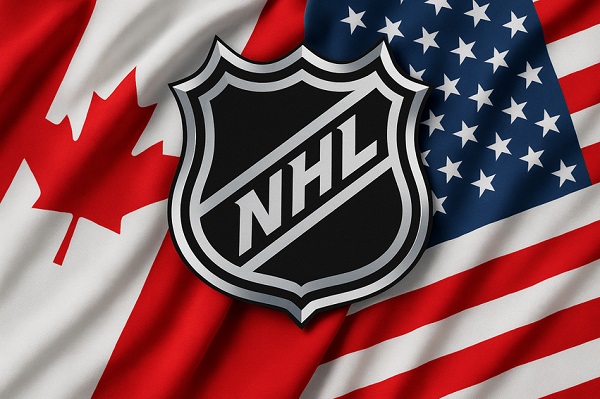
 Business1 day ago
Business1 day agoHigh Taxes Hobble Canadian NHL Teams In Race For Top Players
-
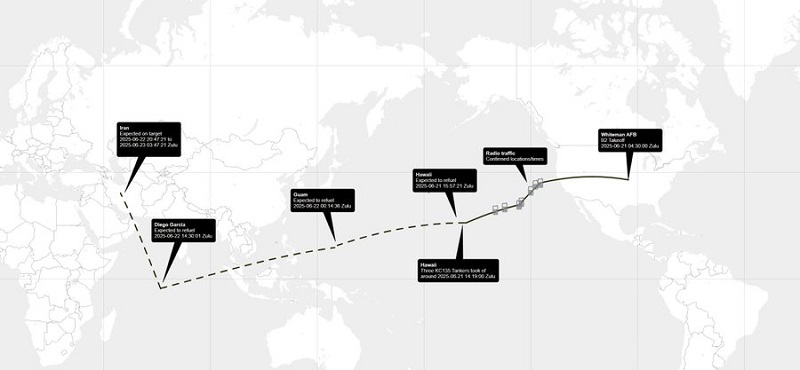
 International14 hours ago
International14 hours agoTrump’s Strike on Iran Reshapes Global Power Balance, Deals First Blow to Beijing and CRINK Axis
-
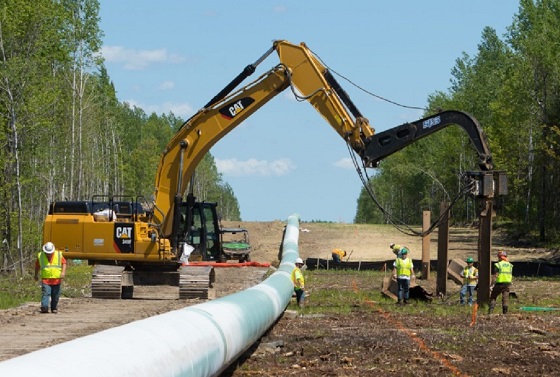
 Energy17 hours ago
Energy17 hours agoEnergy Policies Based on Reality, Not Ideology, are Needed to Attract Canadian ‘Superpower’ Level Investment – Ron Wallace
-
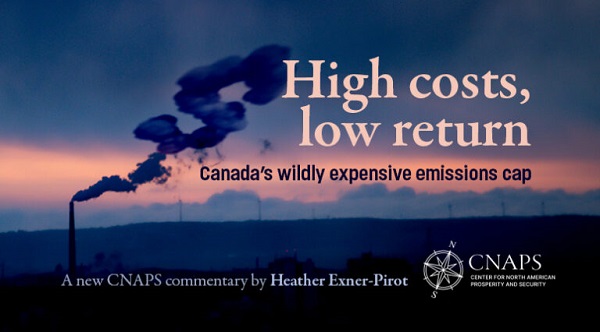
 Alberta2 days ago
Alberta2 days agoHigh costs, low returns – Canada’s wildly expensive emissions cap
-

 conflict16 hours ago
conflict16 hours agoU.S. cities on high alert after U.S. bombs Iran




